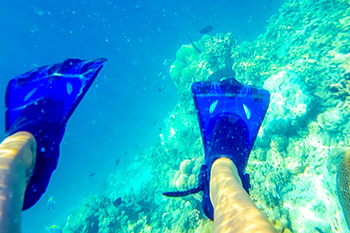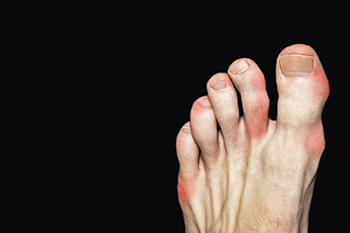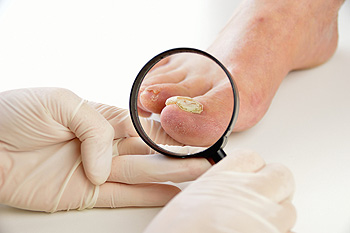
Acquired adult flat feet, also known as progressive collapsing foot deformity, is a condition where the arches of the feet gradually flatten over time. This can lead to pain, swelling, and difficulty walking. The condition is often caused by posterior tibial tendon dysfunction, where the tendon that supports the arch weakens or tears. Other contributing factors include obesity, high blood pressure, diabetes, and injuries. Symptoms typically start with pain along the inner foot and ankle, followed by visible flattening of the arch and outward rolling of the ankle. If left untreated, the condition can lead to severe deformity and arthritis. Relief options can include orthotic devices, and in advanced cases, surgery to repair or reconstruct the affected tendons and bones. If you have flat feet, it is suggested that you are under the care of a podiatrist who can help you to manage this condition.
Flatfoot is a condition many people suffer from. If you have flat feet, contact Terri Quebedeaux, DPM from Agave Podiatry . Our doctor will treat your foot and ankle needs.
What Are Flat Feet?
Flatfoot is a condition in which the arch of the foot is depressed and the sole of the foot is almost completely in contact with the ground. About 20-30% of the population generally has flat feet because their arches never formed during growth.
Conditions & Problems:
Having flat feet makes it difficult to run or walk because of the stress placed on the ankles.
Alignment – The general alignment of your legs can be disrupted, because the ankles move inward which can cause major discomfort.
Knees – If you have complications with your knees, flat feet can be a contributor to arthritis in that area.
Symptoms
- Pain around the heel or arch area
- Trouble standing on the tip toe
- Swelling around the inside of the ankle
- Flat look to one or both feet
- Having your shoes feel uneven when worn
Treatment
If you are experiencing pain and stress on the foot you may weaken the posterior tibial tendon, which runs around the inside of the ankle.
If you have any questions please feel free to contact our offices located in Seguin, LaVernia, Gonzales, and Lockhart, TX . We offer the newest diagnostic and treatment technologies for all your foot and ankle needs.






 Gout
Gout 



